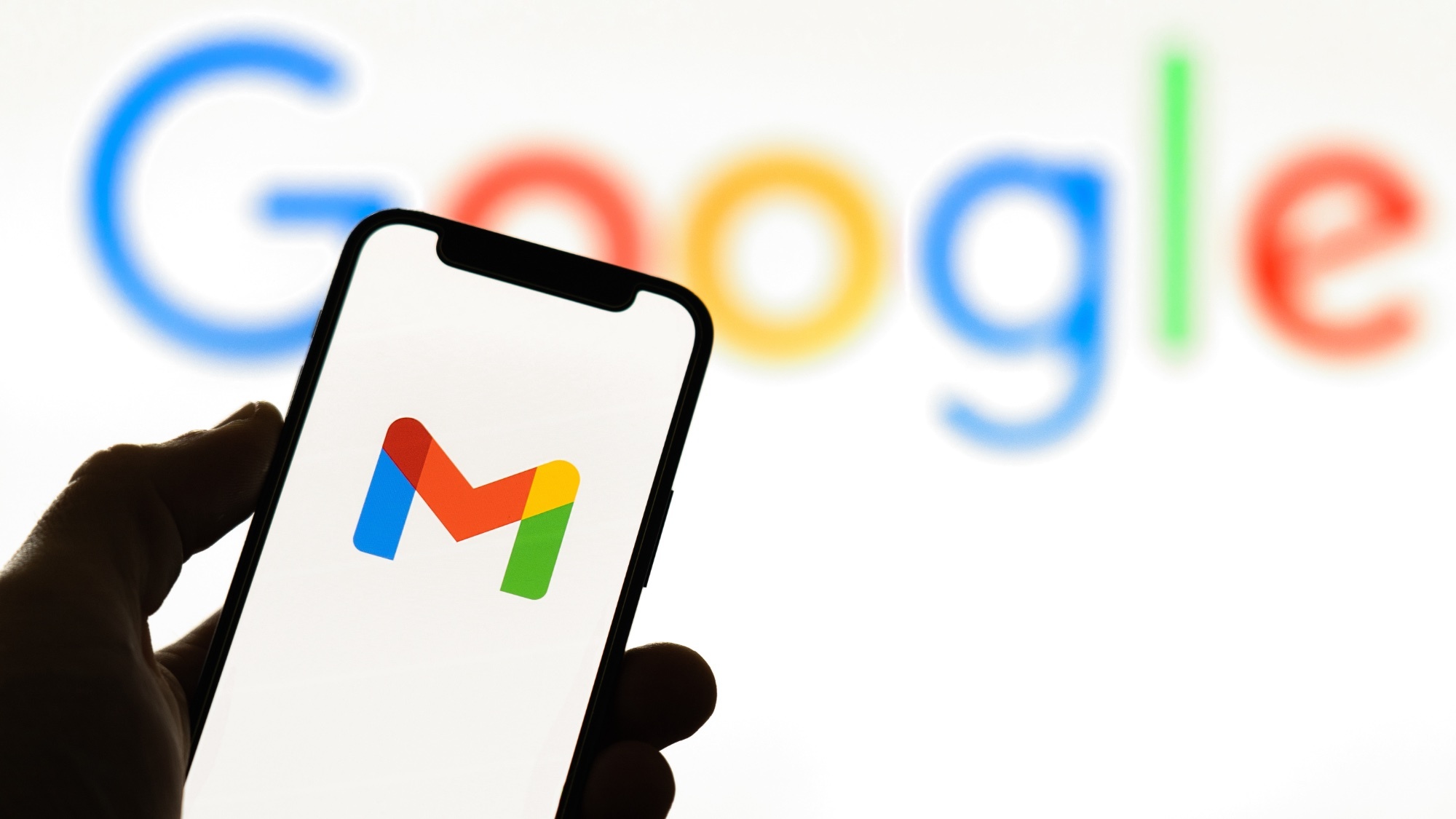Sony Xperia 1 II: Sony launches FOUR smartphones including new flagship
The Sony Xperia 1 II goes head-to-head with the Samsung Galaxy S20
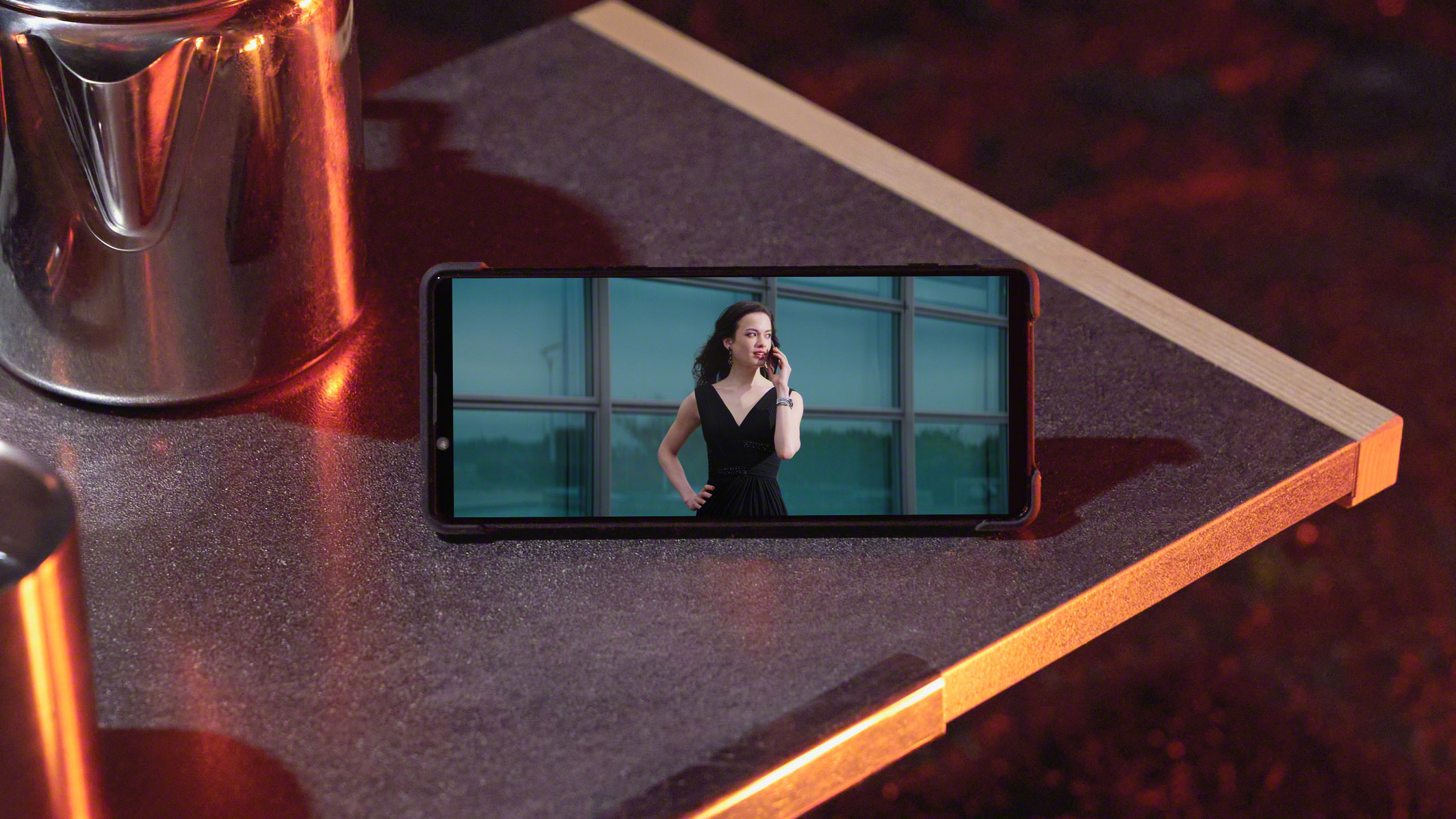
Sony has announced its new range of smartphones for 2020. Sony Xperia 1 II (or "Mark 2", like the Iron Man suit naming convention) is the company's new flagship handset, and in case you haven't guessed, it's a follow-up to last year's Sony Xperia 1.
However, Sony has also released its mid-range offering, the Sony Xperia 10 II. Its entry-level Sony Xperia L4 and the Sony Xperia Pro, a 5G-capable handset that will only see limited release around the world, make up the rest of the new range.
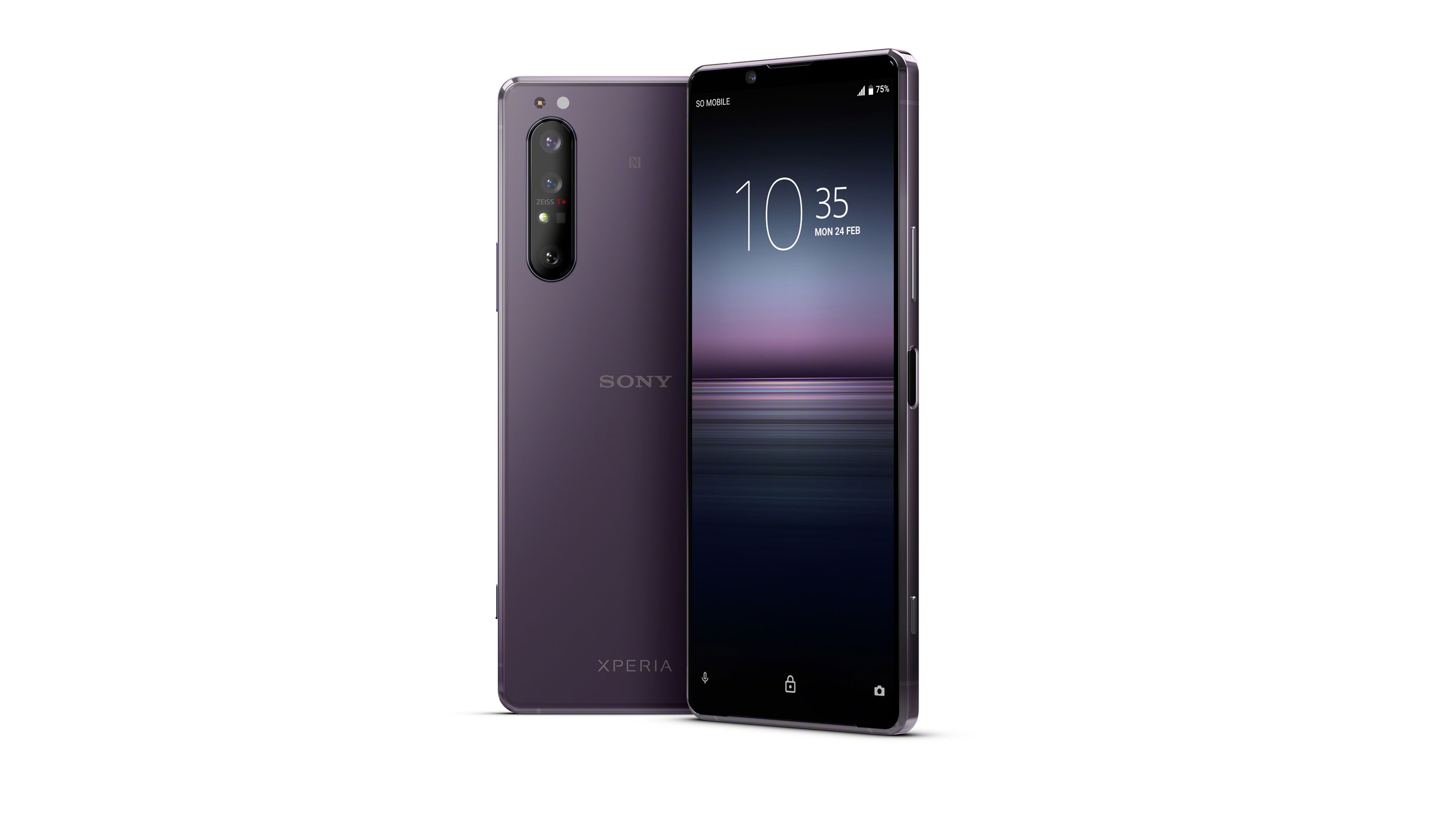
Sony Xperia 1 II: A 5G streaming powerhouse
The Sony Xperia 1 II is Sony's top-end handset for 2020. Last year's device was rated a quality phone, albeit a little too weird for some buyers, but Sony has doubled down on their big 'n' tall 21:9 ratio. The Sony Xperia 1 II has a 6.5" 4K HDR screen, perfect for watching films on the go. It's 5G capable too, so streaming from Netflix will be a cinch.
It's committed to quality audio too. In a surprise move, Sony has opted to bring back the 3.5mm headphone jack on the Xperia 1 II.
As wired headphones don't have Bluetooth interference and often provide better-quality sound for the same price as wireless cans, Sony is attempting to court people who love consuming media on their phone. It's Hi-Res audio capable, up to 192 Khz, and has a "cinematic audio" mode created in collaboration with Sony's cinema arm, Sony Pictures entertainment.
With an ultra-wide screen, stereo speakers and a headphone jack, the phone is a mobile cinephile and gamer's dream. The sides of the screen have even been made more sensitive to thumbs in landscape format in comparison to last year's model, so gamers have improved performance. A "competition set" mode will also stop running background applications, freeing up RAM to focus exclusively on bringing you the best possible gaming experience.
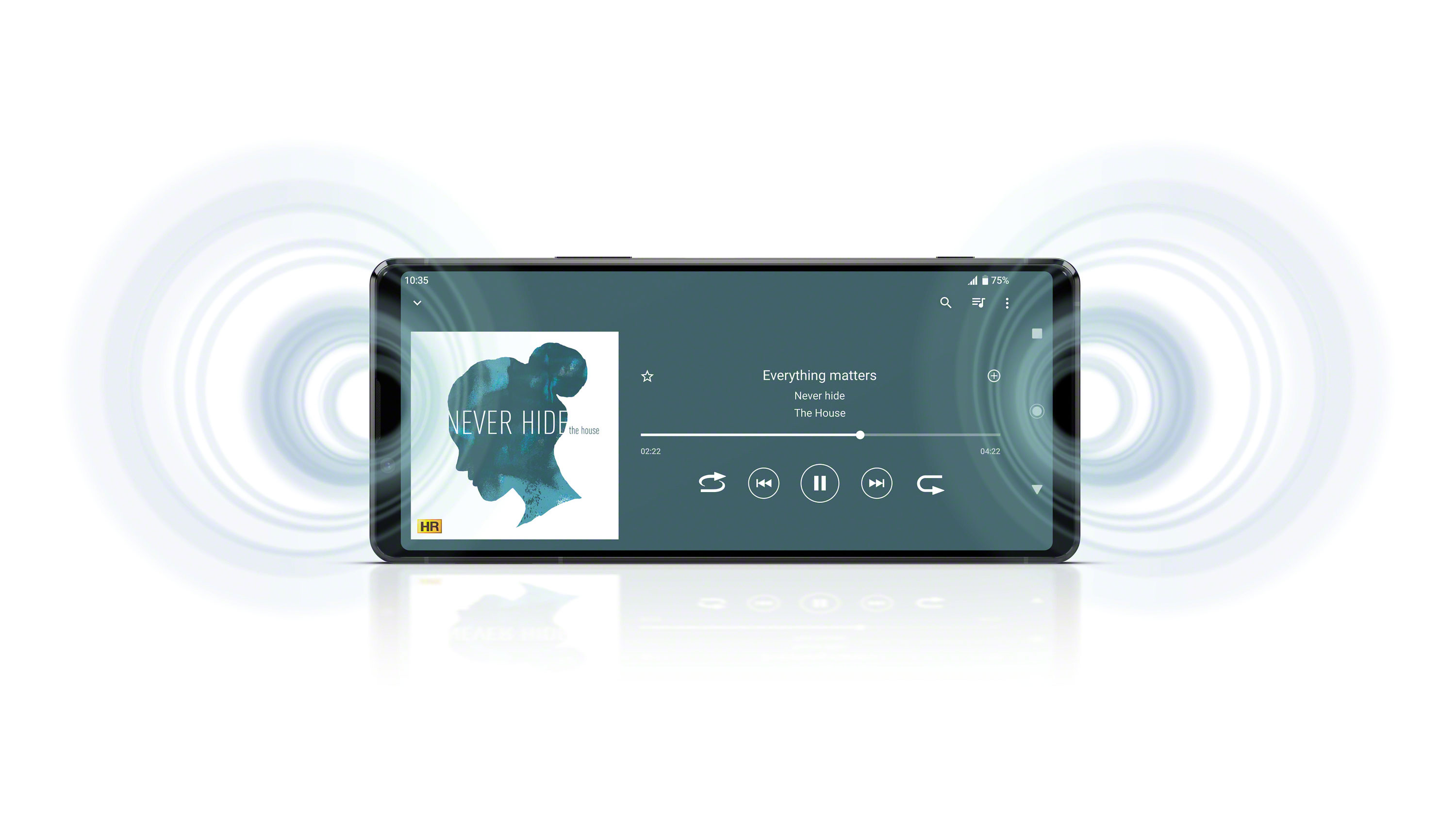
Moving on to the phone's guts, the Sony Xperia 1 II is sporting a Qualcomm Snapdragon 865, the same chipset as the Samsung Galaxy S20, putting the phones in direct competition. A 4000mAh battery powers the phone, with wireless fast charging enabling the phone to go from 0% to 50% capacity in 30 minutes. Corning Gorilla Glass 6 protects the phone on both face and rear, while a fingerprint sensor is positioned on the right-hand side of the phone.
Get instant access to breaking news, the hottest reviews, great deals and helpful tips.
Although the Xperia 1 II is designed for media consumers, it sounds like it's no slouch in the content creation department. The phone has three ZEISS optics 12MP rear cameras with an ultra-wide angle lens and a 3D time-of-flight sensor to better predict depth in the shot. The phone also has an AI working overtime adjusting photography and exposure, as well as a "pro mode" from Sony camera tech wizards Alpha for more advanced editing.
In terms of video, the phone records with a choice of framerates: 24fps, 25fps, 30fps and 60fps. To put this in context, most movies are shown in 24fps and most video games in 60, so expect crystal-clear, silky-smooth motion on any recorded video, and an automatic wind filter blocks out ambient sound other than what you're pointing at.
Sony claims its flagship is "built for speed", but loaded with features as is, it sounds anything but. Shipping in two colorways – black and purple – we know the phone is due to launch in Spring 2020, but no price point has yet been revealed for the handset.
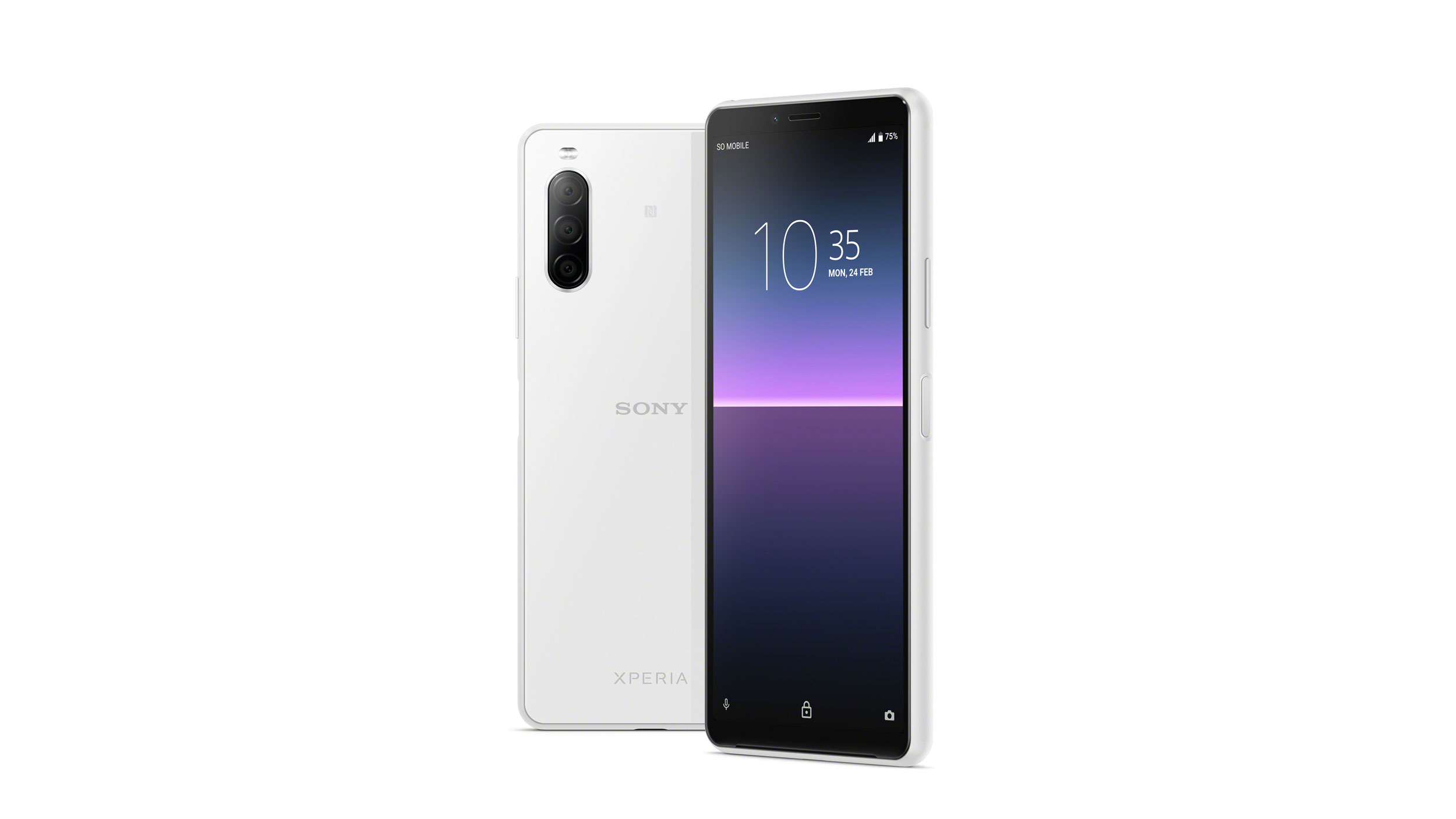
Sony Xperia 10 II
The second handset being released by Sony is the Sony Xperia 10 II. Sony's mid-range entry retains the 21:9 ratio from its predecessor, with a 6-inch OLED FHD screen a little shorter than the flagship, but still an excellent choice for watching movies on.
Although the screen is a little shorter than the Xperia 1 II, it's got the same premium audio features, with Hi-Res audio capabilities and, crucially, the 3.5mm headphone jack arrives on the Xperia 10 Mark 2 as well.
The mid-ranger sports a triple-lens rear camera setup, with two 8MP sensors and a 12MP main camera. The selfie cam at the front is also 8MP. It's got a 3600mAh battery with adaptive charging, and is packing a Qualcomm Snapdragon 665 chipset.
Available in black and white colorways, the Xperia 10 II launches at the same time as its siblings in the range, Spring 2020. Last year's Sony Xperia 10 was rated a little disappointing, so we're hoping Sony can better it with the 10 II. So far, based on the specs released, it's looking decent, if unspectacular.
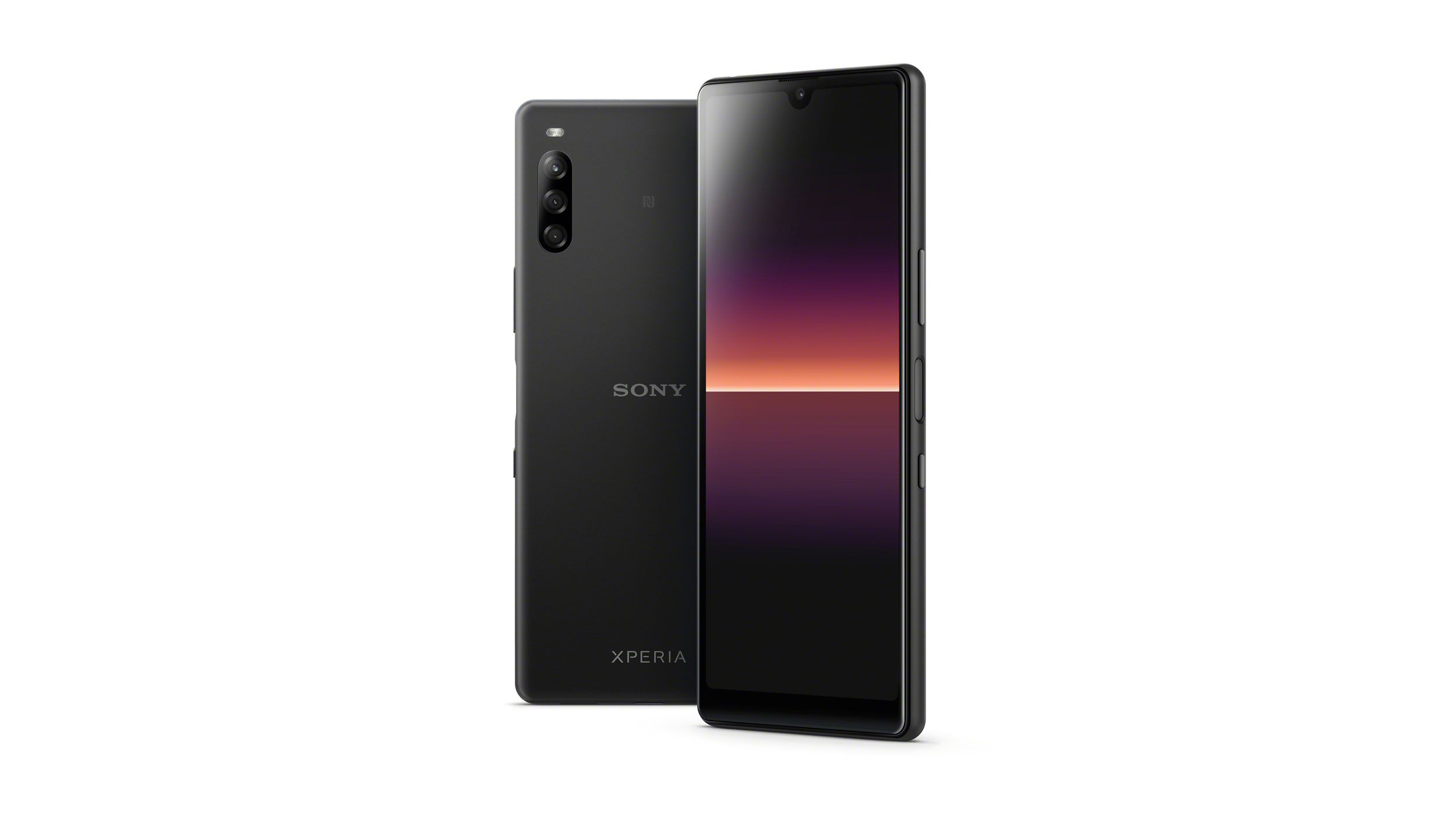
Sony Xperia L4
The Sony Experia L4, the sequel to the entry-level Sony Xperia L3, looks to be decent value while maintaining the throughline of all the entries so far. Sony's entry-level handset keeps the signature 21:9 screen, triple camera setup, side-on fingerprint sensor and audio jack.
The 6.2” screen will be just fine for watching movies, while its 5MP ultra-wide, 13MP lens, and 2MP depth camera sensors will ensure even entry-level handsets have access to some of Sony's best camera features, such as time-of-flight depth detection. With 3GB RAM, 64GB memory and a MT6762 chipset, we're likely looking at a price point of just a couple hundred dollars.
Sony Xperia Pro
Sony's final handset is a bit of a strange one. It's a phone with a 6.5” 4K screen at Sonys's now-familiar 21:9 ratio, a triple-lens camera and 8GB of RAM.
However, it's not set for wide release: it's exclusively for businesses in select markets at the moment. The big draw is its 5G SU6 network, which is designed to link to more sophisticated equipment such as cameras to stream live in 5G. There's no word on whether the Xperia Pro will end up in user's hands, but its likely aspects of the device will filter down into Sony's future ranges.
Liked this?
Matt Evans currently writes about health and fitness for Fit & Well, focusing on exercise and nutrition. Prior to that, he was a writer and editor at Tom's Guide, covering gaming, wearables, and phones. His work has also appeared on MSN, The Daily Mirror, Bandcamp Daily, Birmingham Business Journal, and more.
